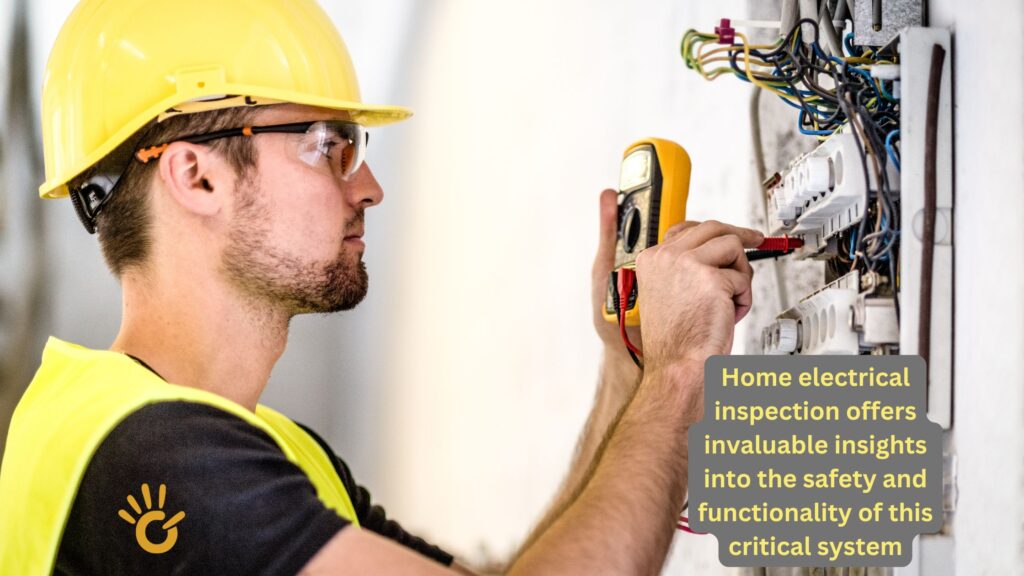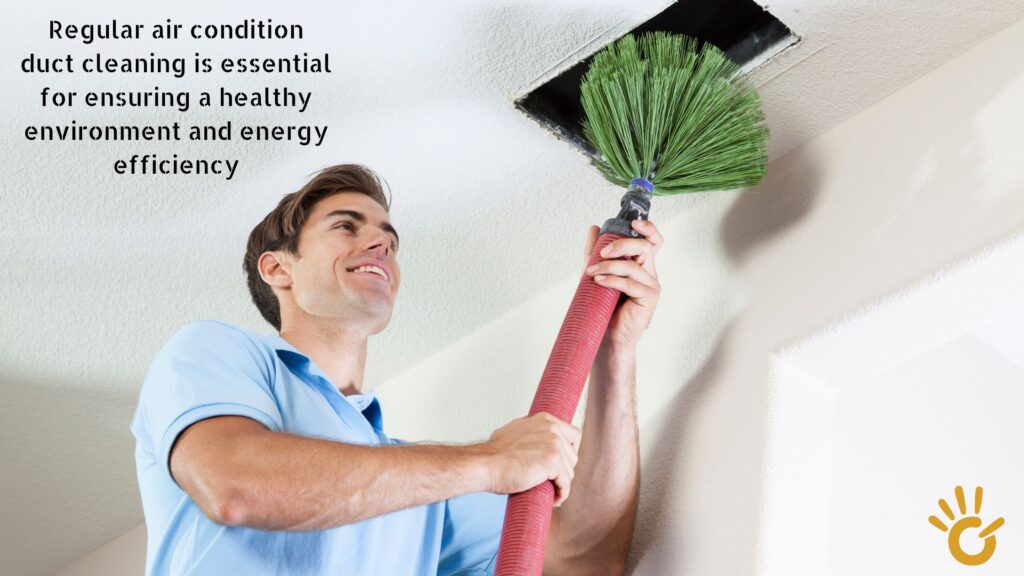Buying a new home or maintaining your current one requires a thorough understanding of its electrical system. A home electrical inspection offers invaluable insights into the safety and functionality of this critical system. This inspection identifies potential hazards, such as outdated wiring, overloaded circuits, or improper grounding, which could pose risks to you and your family. Through a comprehensive home electrical inspection, you gain peace of mind knowing your electrical system is safe, efficient, and compliant with current electrical codes.
Why Home Electrical Inspections Matter
A home electrical inspection isn’t just a formality—it’s an essential step in ensuring the safety and well-being of your family. Electrical problems can be hidden from plain sight and can pose serious risks, including fires and electric shock. A qualified home inspector examines your electrical system from the point where power enters your home all the way to individual outlets and fixtures, providing a comprehensive assessment of its condition.
What to Expect During an Exterior Evaluation
The exterior evaluation focuses on how electricity is delivered to your home and its initial connection points.
Assessing the Service Drop
The service drop refers to the overhead or underground lines that bring electricity from the utility pole to your home. The inspection will check:
● Type: Is the service drop overhead or underground (service lateral)?
● Condition: Are the wires, mast, and attachments in good condition, free from damage or corrosion?
● Clearances: Are there adequate clearances from structures, trees, and windows to prevent safety hazards?
● Point of Attachment: Is the service drop securely attached to your home?
A loose service drop connection can create a dangerous situation where the wire itself is the only thing holding it up.
Inspecting the Meter Base and Socket
The meter base and socket house your electric meter and provide the connection point between the service drop and your home’s wiring. The inspection will assess:
● Condition and Type of Wiring: Are the wiring and connections in good condition? What type of wiring is used?
● Amperage Rating: Does the meter base’s amperage rating match the home’s electrical needs?3
Understanding the meter base’s amperage rating is crucial for determining the home’s maximum available electrical capacity.
What Happens During an Interior Evaluation
The interior evaluation is where the inspector takes a closer look at the heart of your electrical system — the electrical panel and its components.
Electrical Panel Inspection
Your home’s electrical panel (or service panel) is the central hub where electricity is distributed to various circuits throughout your house. The inspection will cover:
● Location and Accessibility: Is the panel easily accessible for maintenance and repairs?
● Type: What type of panel is installed? Common types include:
○ Main Panel (contains the main disconnect)
○ Subpanel (a secondary panel fed from the main panel)
○ Fuse Panel (older systems using fuses for overcurrent protection)
○ Circuit Breaker Panel (modern systems using circuit breakers)
●Main Disconnect: What type of main disconnect is used, and what is its amperage rating? The main disconnect is a crucial safety feature that allows you to quickly shut off power to the entire house in case of an emergency.
● Breakers/Fuses:
○ Proper Sizing: Are the breakers or fuses properly sized for the wires they protect?
○ Condition: Are there any signs of wear, overheating, or damage on the breakers or
fuses?
○ Presence of Double Taps: Are there any double taps, where two wires are connected
to a single terminal? Double taps can lead to overheating and potential fire hazards.
○ Types: What types of breakers are present? Common types include GFCI, AFCI, and
standard breakers. GFCI (Ground Fault Circuit Interrupter) breakers protect against
electrical shocks in damp areas like kitchens and bathrooms, while AFCI (Arc Fault Circuit
Interrupter) breakers protect against fires caused by arcing in wiring.
● Grounding and Bonding:
○ Grounding Electrode Conductor: Is the grounding electrode conductor present and
properly connected to the grounding system? This conductor provides a safe path for
electricity to flow to the ground in the event of a fault.
○ Proper Bonding: Are all metal components of the electrical system properly bonded
together? Bonding ensures that all metal parts are at the same electrical potential,
reducing the risk of shock.
○ Separation of Neutral and Ground Wires in Subpanels: Are the neutral and ground
wires separated in any subpanels? This is crucial to prevent ground loops and ensure the
proper function of GFCI protection.
Examining Branch Circuits and Wiring
Branch circuits carry electricity from the electrical panel to various outlets and fixtures throughout your home. The inspection will assess:
● Wiring Types:
○ Identify and Discuss Potential Hazards of Older Wiring: Are there any outdated
wiring types present, such as knob-and-tube, aluminum, or cloth-covered wiring? These
older wiring types can pose safety risks due to insulation deterioration, potential for
overheating, and lack of grounding.
○ Modern Wiring Types: What type of modern wiring is used? Common types include
Romex (NM), Armored Cable (AC/BX), and Conduit.
● Receptacles and Outlets:
○ Testing:
■ Proper Wiring: Are the outlets wired correctly with hot, neutral, and ground connections?
■ Functionality: Does the outlet function correctly? Testing is done using a circuit tester to verify proper voltage and current flow.
■ GFCI Protection: Are GFCI outlets installed in required locations such as kitchens, bathrooms, garages, and outdoor areas?
○ Condition: Are there any signs of physical damage or overheating on the outlets?
● Lighting:14
○ Sufficient Lighting: Is there adequate lighting in all required areas of the home?
○ Proper Fixtures: Are the lighting fixtures appropriate for their locations? For example,
damp areas like bathrooms require fixtures rated for damp locations, and closets require
fixtures that prevent overheating and fire hazards.
○ Functionality: Do all switches and fixtures function correctly?
Prioritizing Safety Considerations during home electrical inspection
Safety Precautions for Inspectors
Inspectors take specific precautions to protect themselves and others during an electrical inspection:
● Wear Appropriate Safety Gear: This includes gloves, eye protection, and non-synthetic clothing.
● Avoid Contact with Live Wires and Components: Only qualified individuals should handle live electrical components.
● Do Not Open Panels with Signs of Water Damage or Arcing: Water and electricity are a dangerous combination, and panels showing signs of arcing may have underlying electrical faults that could pose risks.
Highlighting Common Electrical Hazards
The inspection aims to identify common electrical hazards:
● Overloaded Circuits: Using too many appliances on a single circuit can lead to overheating and potential fire hazards.
● Ungrounded Receptacles: Ungrounded receptacles lack a ground connection, increasing the risk of electrical shock.
● Damaged or Exposed Wiring: Damaged or exposed wiring can create shock and fire hazards.
● Improper Grounding and Bonding: Improper grounding and bonding can lead to electrical shocks and fires.
Recommendations and Conclusion for Home Electrical inspection
At the conclusion of the inspection, you will receive a detailed report summarizing the findings and outlining any recommendations. This report will highlight areas of concern, suggest necessary repairs, and provide valuable insights into the overall condition of your electrical system.
Addressing electrical issues promptly is crucial for ensuring the safety and functionality of your home. A qualified electrician should handle any repairs or upgrades. Regular electrical maintenance and periodic inspections can help prevent potential problems and keep your electrical system in top shape.




Pingback: rain protection in Dubai
Pingback: Handyman Services for Custom Christmas Decor Setup in Dubai